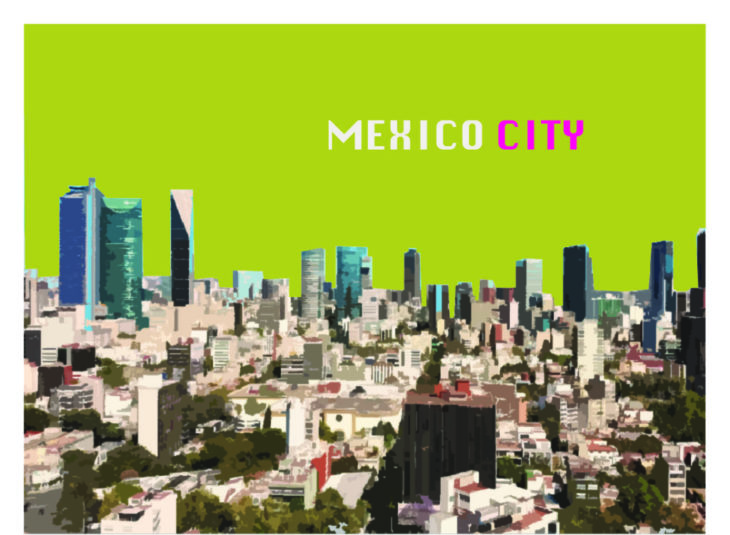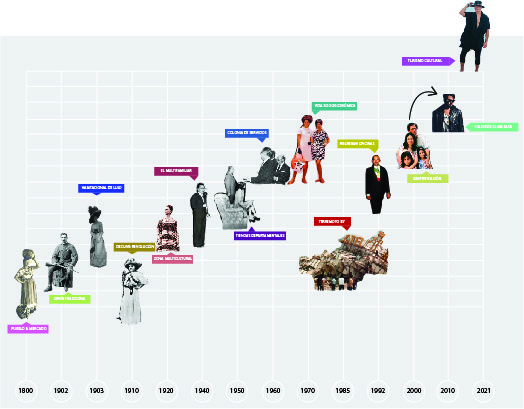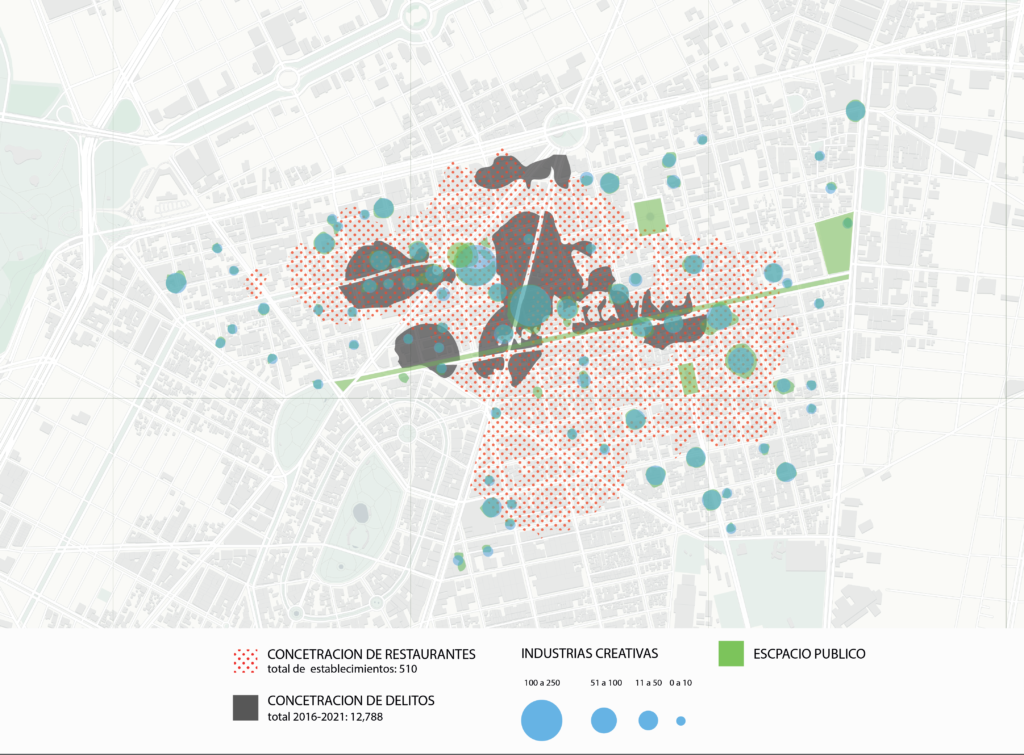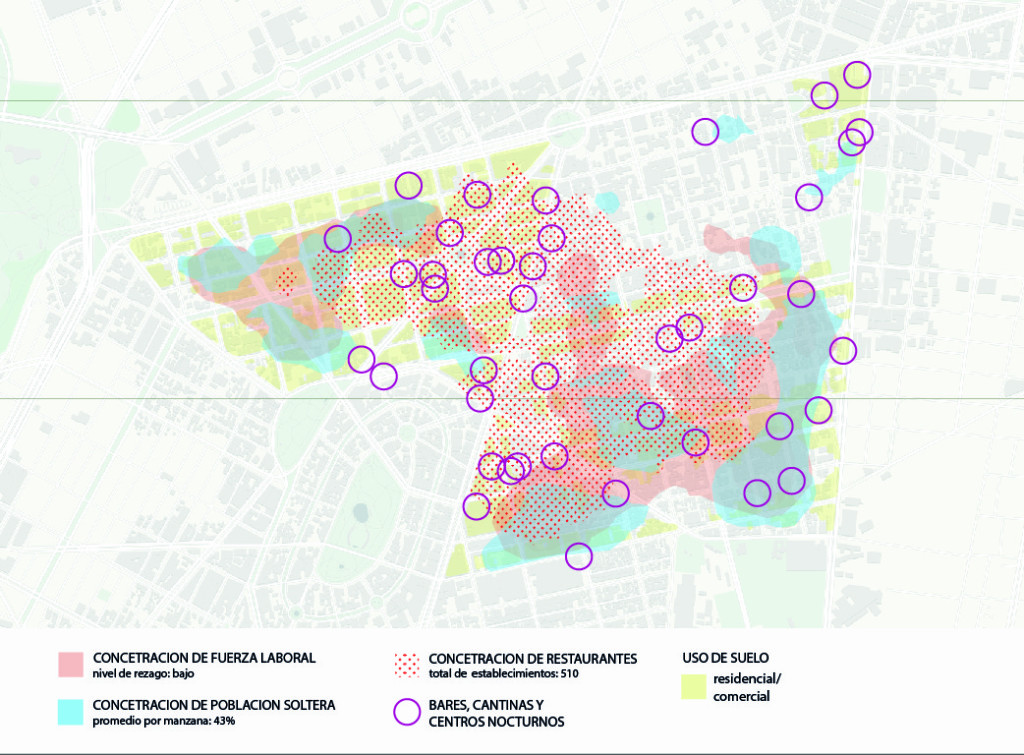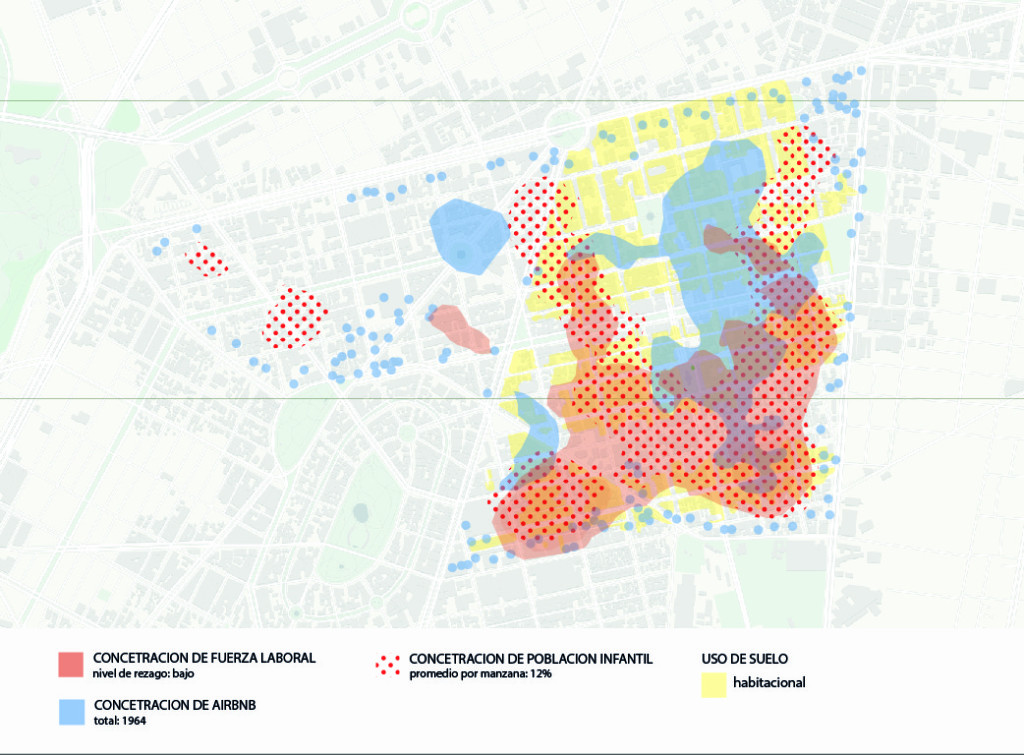This case study is located in Roma Norte, a neighborhood located in the very center and heart of Mexico City.
Roma was first built in 1902, when the circus owner Edward Walter Orrin was given an opportunity to develop a land that once belonged to a small town called Romita and the Countess’s grounds. This new place, promised more services than most areas, and was destined to serve the high class of society.
In its early phases, it was occupied by the most renowned characters of the international and Mexican society, which gave the former president Porfirio Diaz, a new area to grow.
The houses built where filled with the most avant garde designs, tall ceilings and eclectic styles. The abundance of the neighborhood continued to rise, until an 8.0 earthquake stroke Mexico City in 1985, and with it took many souls, buildings crumbled and panic seized the most vulnerable zones. This crisis, spread fear in the Roma’s inhabitants, who flew to the suburbs and nearby areas. For years, Roma became an abandoned place, covered by crime and occupied by new families who took as a home what others left behind.
7 -10 years later, the reconstruction started to rebirth; state buildings where blooming, and little by little, life began to come back. This lead to an encounter with old owners and new inhabitants, artists looking for historic neighborhoods, and arquitects with a passion for rebuilding.
All this diversity brought the thriving of commerce that we love today, coffee shops, bars, vintage stores, restaurants and art galleries, mixing with the existing street food and small business.
Figure 1.0
Today Roma, holds more than 510 restaurants who feed the business district in Reforma. This restaurants are the biggest attraction of the neighborhood, and can be found concentrated close to the public spaces, sharing the area with creative industries, and unfortunately street crime.
Figure 1.1
The commerce and housing uses are split into almost two even sections. This map represents where people work, this activity is linked to night uses data like bars and nightclubs, but also to the single’s population. The lifestyle we can find in the west and south part of Roma, is a very young, carrier driven and partylike.
Figure 1.2
In the image 1.2, we can visualize the hosing uses represented in yellow. This could show the balance of the neighbourhood compared to the comercial uses in figure 1.1. But, if we see how the airbnb (that is considered a comercial use) floods the living place, and co-relate it with the children population, there is very little space for families and locals in the area.
It seems as if, Roma norte is about to turn into a big shopping mall, packed with a wide gastronomic offer, with an inside hotel, where you can get anything you need without going outside. The locality that once was its biggest treasure, has become a thriving ground for foreigners lacking community hence, giving more opportunity for crime.
The proposal for this use case, is to reclaim the balance of the neighborhood by redesigning the uses and public policy, allowing locals to buy their own flats, and embracing a healthy diversity that can reduce congestion, noise pollution and welcome citizens from different socioeconomic backgrounds.
Claiming Roma Norte is a IAAC project, Instituto de Arquitectura Avanzada de Cataluña, developed in the Masters Urbanismo Próximo in the year 2021 by Andrea Guzmán
